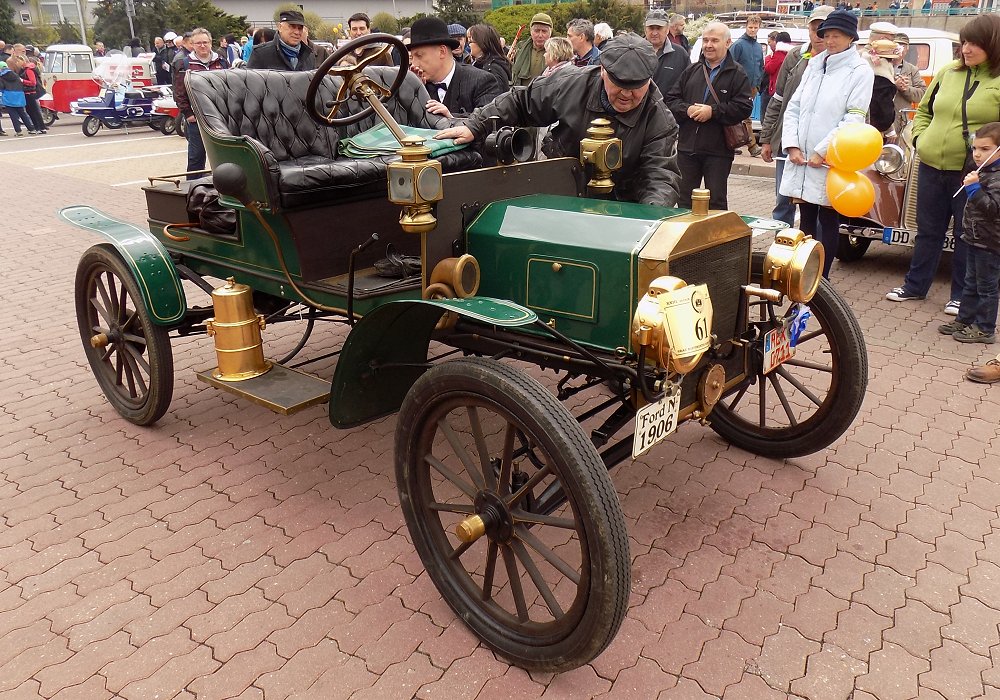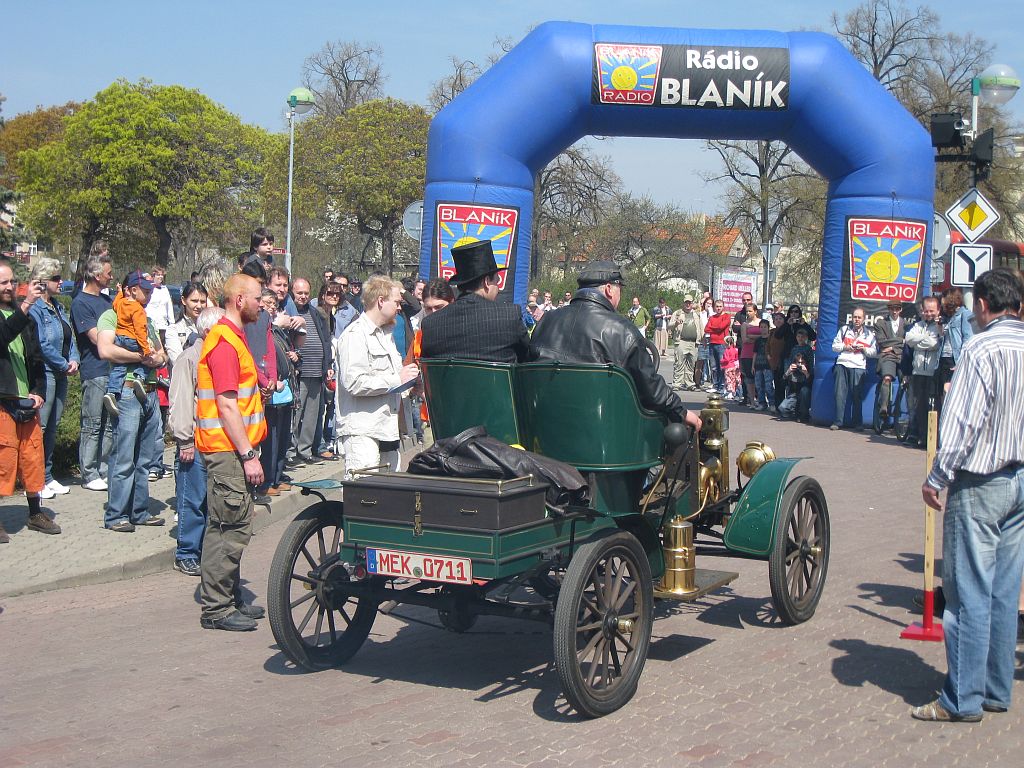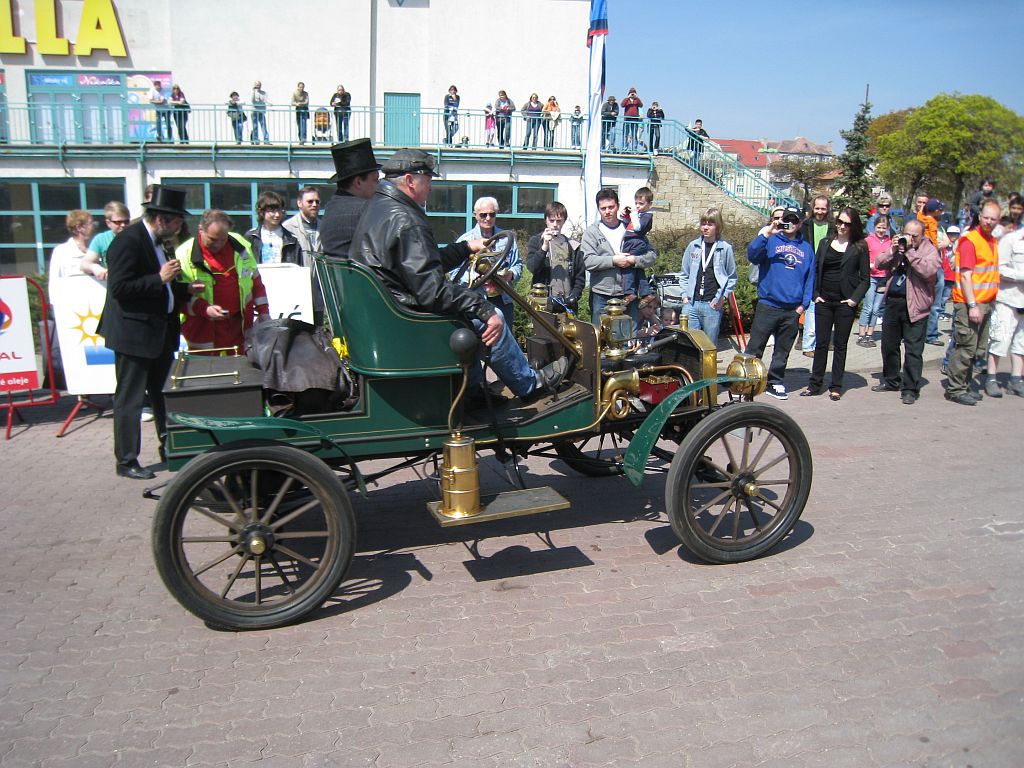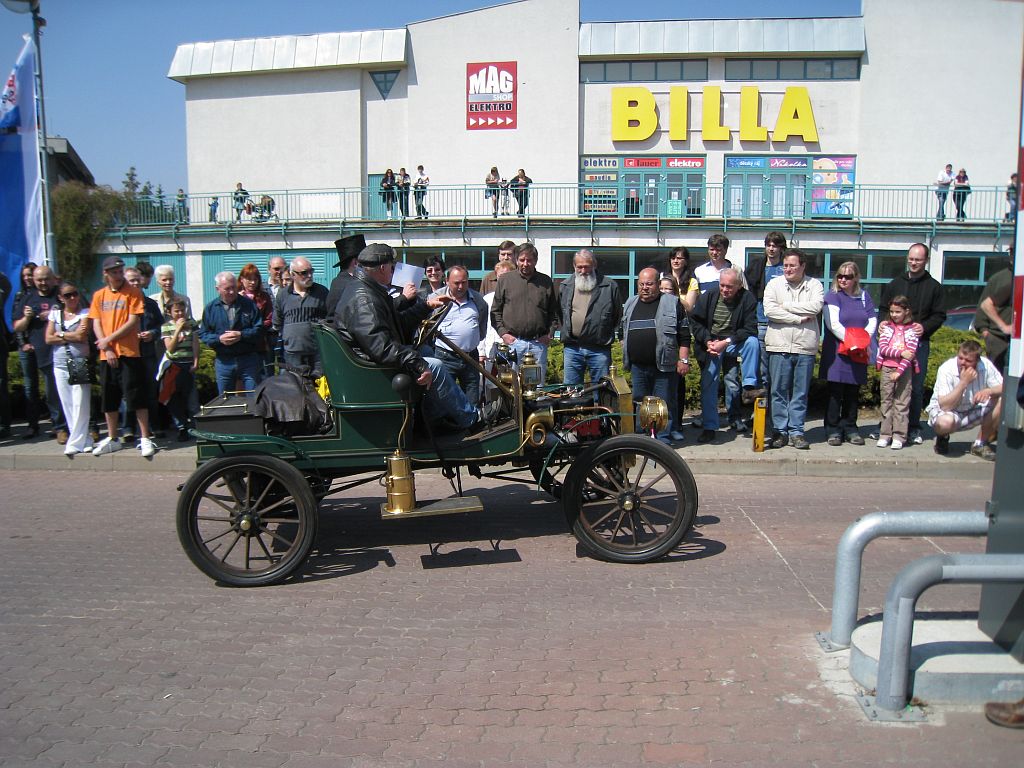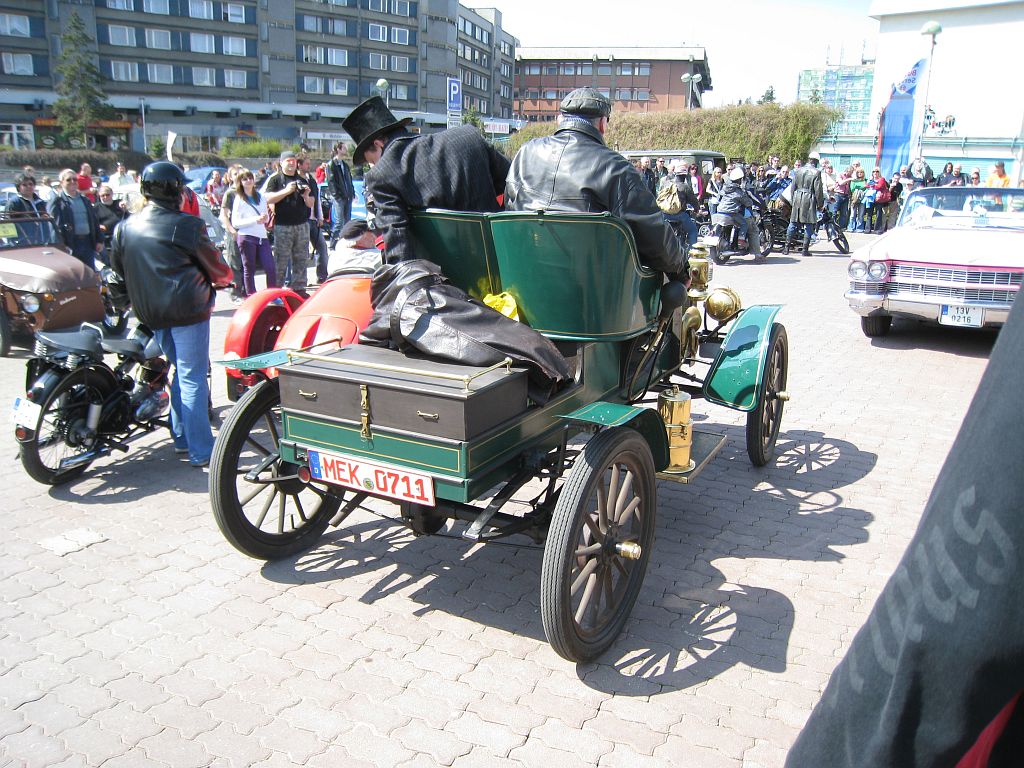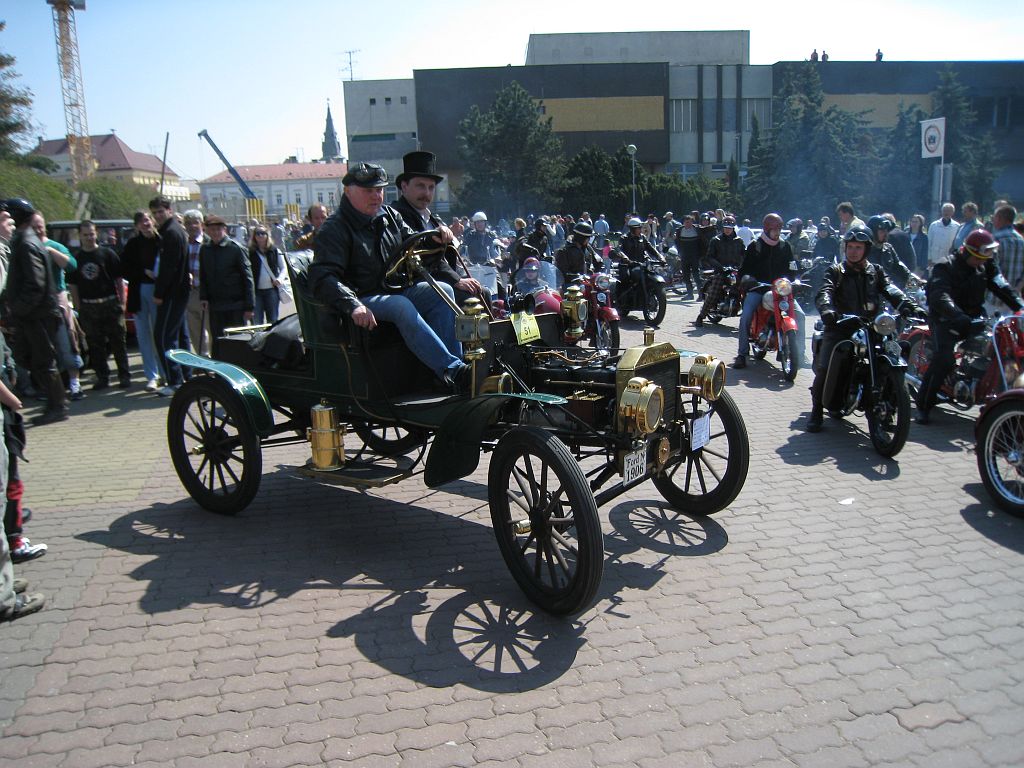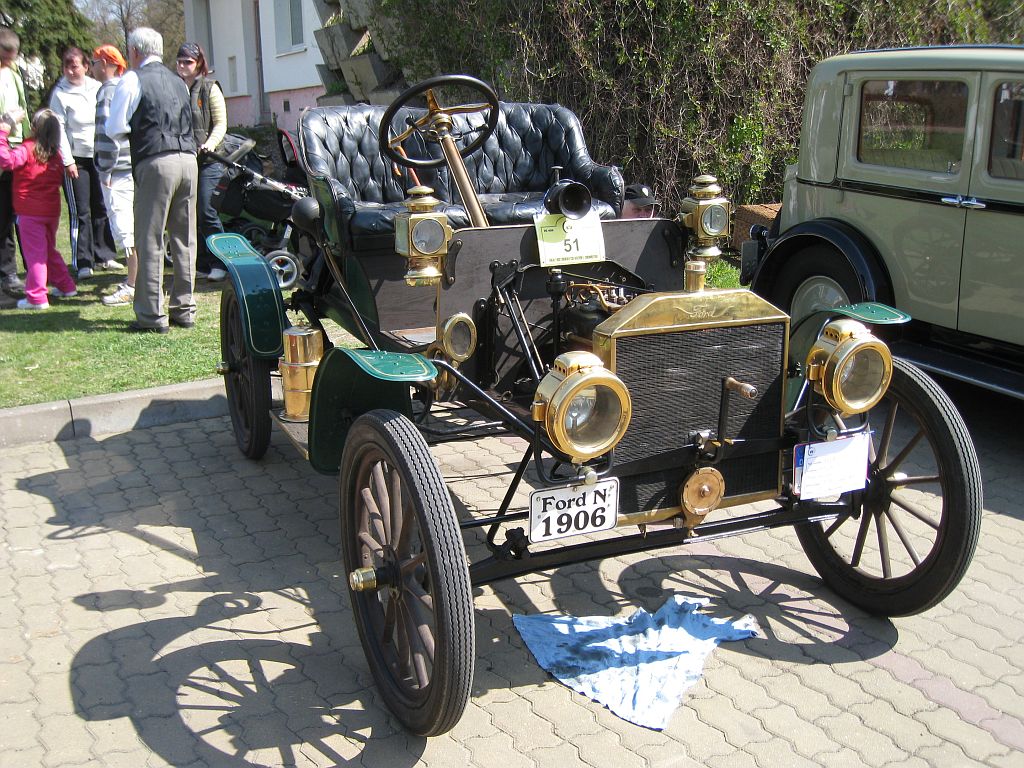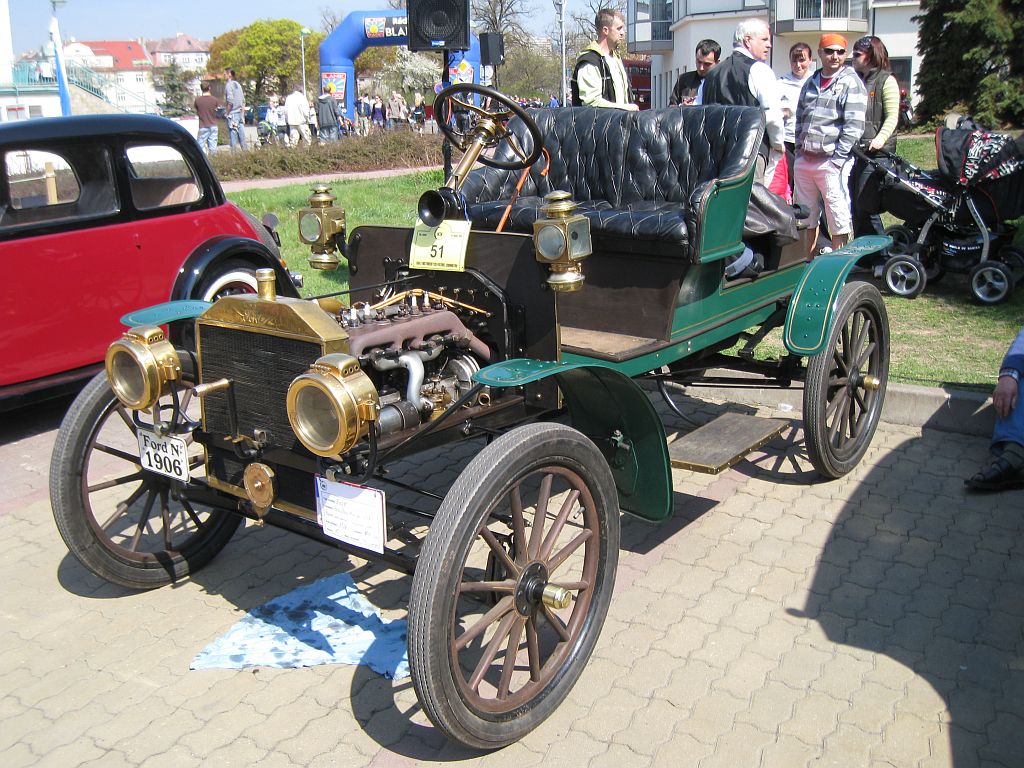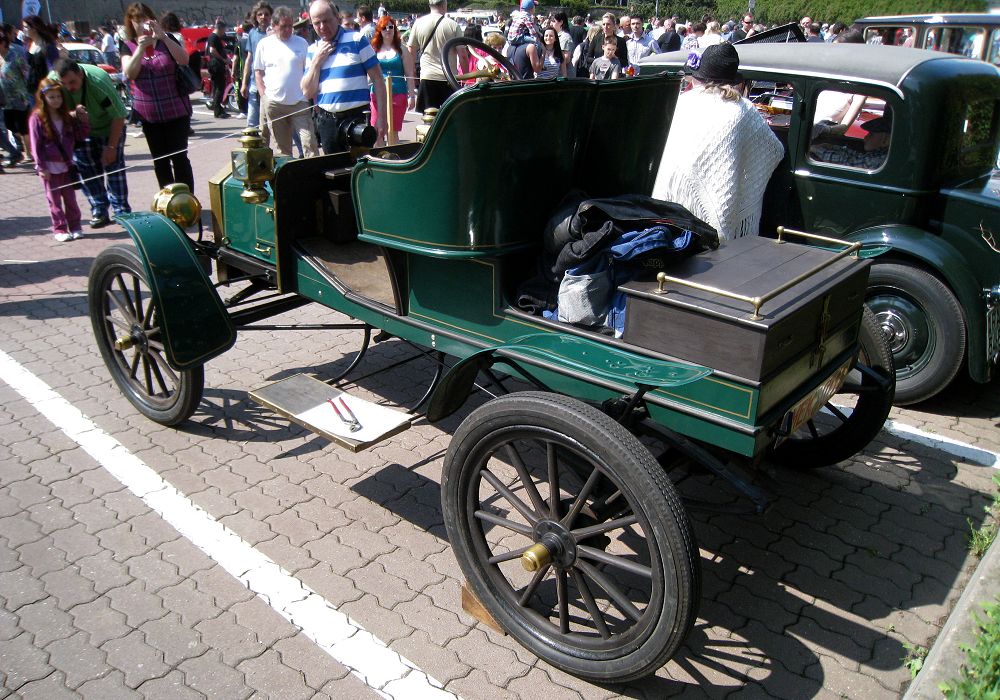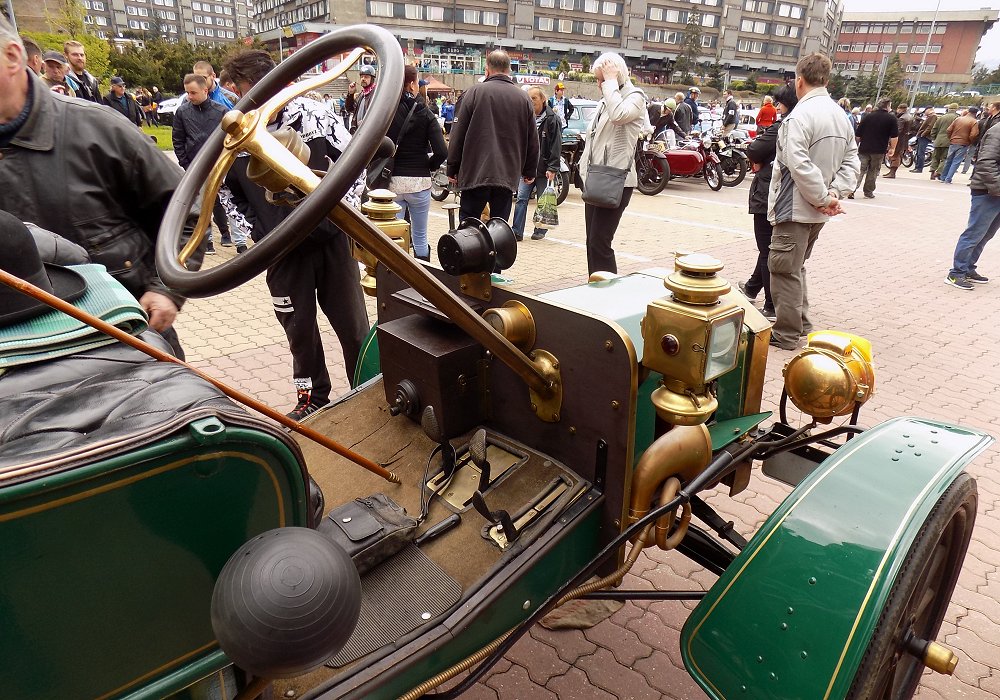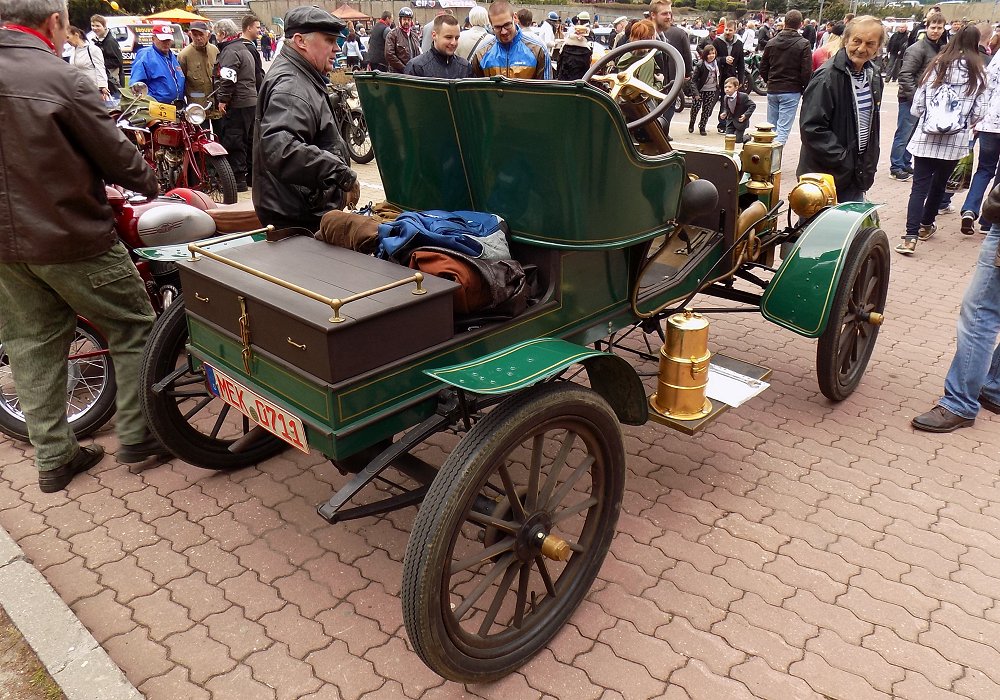Description
The Ford Model N was introduced in 1906 as part of Henry Ford’s push to create an affordable and practical car for the American middle class. It played an important role in the years leading up to the Model T, serving as one of the company’s most successful pre-T models and showing Ford’s ability to combine low cost, reliability, and ease of use into a product that appealed to a broad audience.
The Model N was powered by a 149 cubic inch (2.4-liter) four-cylinder engine producing about 15 horsepower. This was a major step forward from earlier two-cylinder Fords, providing smoother performance and greater speed. The car could reach around 35 mph, which was competitive for its era. Power was delivered to the rear wheels through a two-speed planetary transmission, a system that would later be refined in the Model T.
The chassis was light, simple, and affordable to manufacture. The car rode on a 84-inch wheelbase and weighed only about 1,050 pounds, which made it nimble and relatively efficient. It featured a front-engine, rear-wheel-drive layout and a basic but robust suspension with transverse leaf springs. The open runabout body style seated two passengers, with options for a rear tonneau to add extra seating. Steering was by wheel rather than tiller, reflecting the industry’s shift toward more modern controls.
Perhaps the most remarkable feature of the Model N was its price. At $500, it was one of the cheapest four-cylinder cars on the market, undercutting many competitors and making car ownership possible for a new segment of buyers. Its combination of low cost and practical performance made it extremely popular, with about 7,000 units sold between 1906 and 1908. For its time, that was a strong production figure and a sign of Ford’s growing influence in the American automobile industry.
The Model N was soon joined by variants such as the Model R and the more upscale Model S, both built on the same platform with refinements in bodywork and features. Together, these cars paved the way for the philosophy that would define the Model T—an affordable, reliable, and simple car that could be produced in large numbers for everyday people.
Today, the Ford Model N is remembered as one of the key stepping stones in Ford’s evolution. It may not have achieved the fame of the Model T, but it was the car that demonstrated Henry Ford’s vision for mass-market automobiles. As a light, affordable four-cylinder runabout, it offered a clear preview of the formula that would soon revolutionize the world of motoring.
